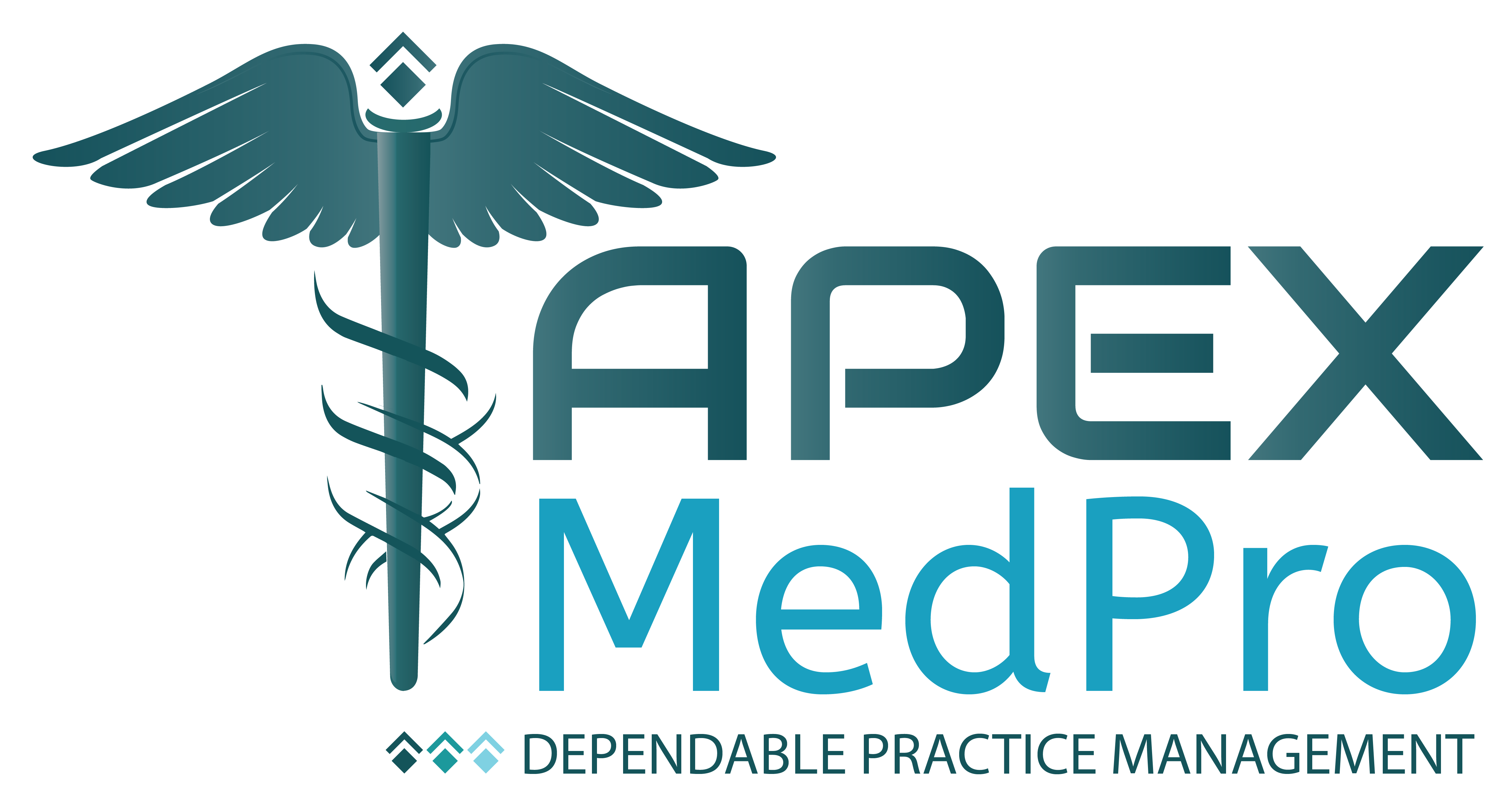Cardiology billing compliance and documentation play a crucial role in ensuring accurate reimbursement for cardiology services while adhering to regulatory guidelines and avoiding potential penalties.
This blog post will outline the best practices that cardiology practices should implement to achieve billing compliance and maintain comprehensive documentation.
Understand and Comply with Coding and Documentation Guidelines:
To ensure proper billing and documentation, cardiology practices must stay up to date with the latest coding and documentation guidelines established by relevant regulatory bodies such as the Centers for Medicare and Medicaid Services (CMS) and the American Medical Association (AMA). Familiarize yourself with Current Procedural Terminology (CPT) codes, International Classification of Diseases (ICD) codes, and any other applicable coding systems.
Ensure Accurate and Specific Diagnosis Coding:
Accurate diagnosis coding is essential for appropriate reimbursement and providing an accurate clinical picture. Cardiology practices should use specific ICD codes that reflect the patient’s condition accurately. Avoid unspecified or generalized codes whenever possible. Regularly review and update your diagnosis coding practices to reflect any changes in coding guidelines.
Establish Clear and Comprehensive Documentation Standards:
Maintaining clear and comprehensive documentation is vital for supporting medical necessity and justifying the services billed. Cardiology practices should develop standardized templates and guidelines for documentation to ensure consistency among providers. Encourage thorough documentation of patient history, examination findings, test results, treatment plans, and follow-up care.
Document Medical Necessity for Services:
Demonstrating medical necessity is crucial for obtaining reimbursement. Make sure the medical record clearly justifies the need for each service provided. Document the patient’s symptoms, diagnostic test results, and the rationale for selecting a particular course of treatment. Describe any relevant comorbidities or complications that contribute to the medical decision-making process.
Use Appropriate Time-Based Documentation:
In cardiology, certain services, such as time-based evaluation and management (E/M) services and prolonged services, require specific documentation based on the amount of time spent on patient care. Ensure that the documentation includes the start and end times for such services, along with a description of the activities performed during that time.
Maintain Compliance with Incident-to Billing Rules:
In cardiology practices where non-physician practitioners (NPPs) provide services, it is important to understand and follow incident-to billing rules. These rules outline the requirements for NPPs to bill services under the supervising physician’s National Provider Identifier (NPI). Ensure that the services provided by NPPs meet the applicable requirements and that the supervising physician is actively involved in the patient’s care.
Regularly Educate and Train Staff:
Proper billing compliance and documentation require a team effort. Conduct regular training sessions for physicians, coders, and other staff members involved in the billing and documentation processes. Provide updates on coding and documentation guidelines, review common documentation errors, and emphasize the importance of accuracy and compliance. Encourage open communication and address any questions or concerns that arise.
Perform Internal Audits:
Regular internal audits can help identify potential compliance issues and documentation deficiencies before they become larger problems. Review a sample of medical records to ensure that the documentation supports the services billed and complies with coding guidelines. Correct any identified errors and provide feedback to the providers involved. Use these audits as opportunities for continuous improvement.
CONCLUSION:
Cardiology billing compliance and documentation are critical for ensuring accurate reimbursement, avoiding penalties, and maintaining the integrity of your practice. By following the best practices outlined in this blog post, cardiology practices can enhance compliance, reduce the risk of audit-related issues, and provide quality patient care. Stay informed about coding and documentation guidelines, prioritize accurate diagnosis coding, establish clear documentation standards, and promote ongoing education and training to foster a culture of compliance within your cardiology practice. To get your practice complaint, you need to hire a professional billing company like Apex MedPro. So hurry up and contact one of our compliance manager today!

